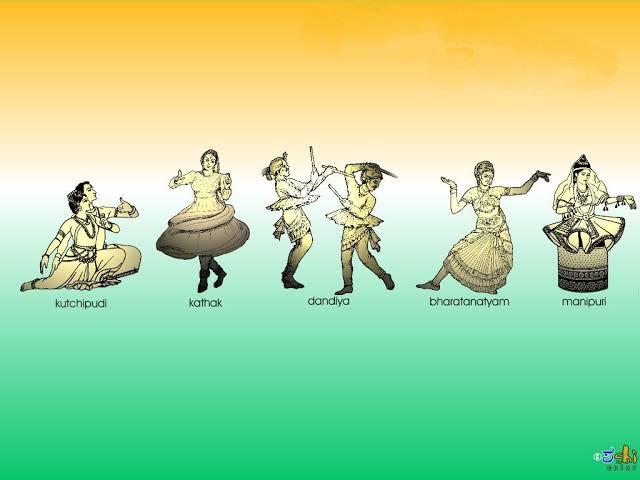Dance has a long history in India. A large amount of material related to dance, dating from as early as the 2nd century BCE up to the 21st century CE, is available. For example, we have a bronze ‘dancing girl’ figurine from Mohenjo-Daro and a broken torso from Harappa in a dance pose. The history of dance can be traced back to the classical, middle and modern historical periods.
Indian dance forms fall into two broad categories – classical and folk. The present-day forms of classical Indian dances are performed on the stage on various occasions. The classical dance forms include Bharatanatyam, Odissi, Kuchipudi, Manipuri, Kathak, Sattriya, Kathakali, Mohiniyattam etc. Whereas the folk dance forms include Bhangra, Lavani, Ghumara, Kathi, Nakata, Koli, Gadhwali, Lezim, Savari, Painka, Chhau, Munari etc.
The presentation of Indian dance in Hindi cinema has projected modern dances. Dance in early Hindi cinema was primarily modelled on classical Indian dance styles. Modern films often use a fusion of Indian dance styles with Western dance styles. It could be a combination of inter-mixing of Indian classical, Indian folk dance, belly dancing, jazz, hip hop and even folk forms.

